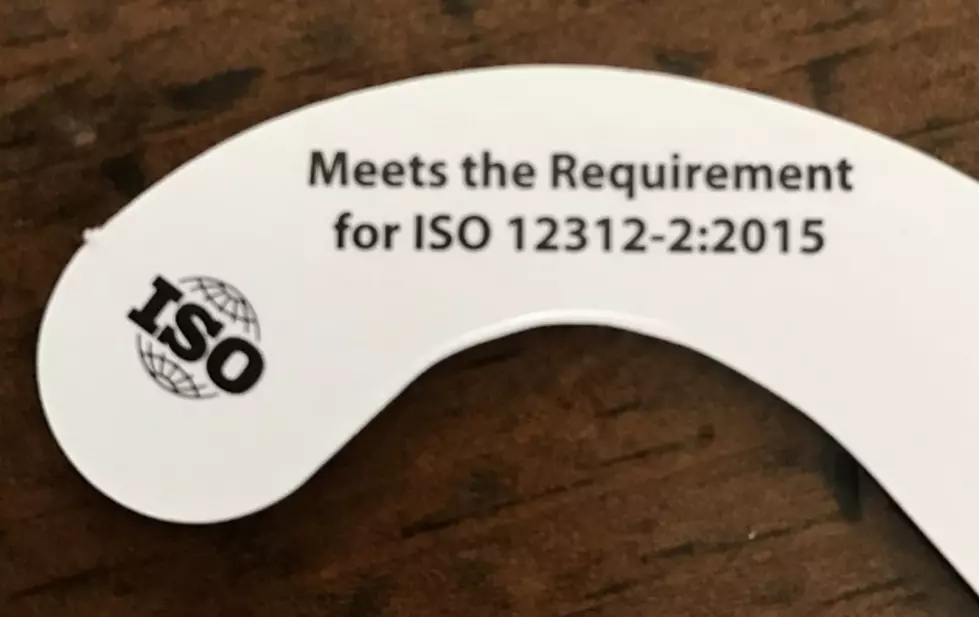
How To Tell If Your Solar Eclipse Glasses Are Real Or Fake
With the 2017 eclipse just days away, people are still scrambling are to get the proper eyeware. Most businesses have sold out, and you definitely should call ahead to your local library before you go, because many of them are out as well.
The LAST thing you should do is say "no worries, I'll just do a quick peek" because it can seriously wreck your eyes.
If you do have glasses though, you may be worried about the stories of fake or unsafe glasses. Here's how to check:
1 - Check your ISO number
Proper glasses will be marked ISO 12312-2 (sometimes written in more detail as ISO 12312-2:2015). There are scary stories about that stamp appearing on counterfeit glasses, so you can move on to the next test.
2 - Make sure they're from a legit vendor
You can check the list here. Amazon has had to offer refunds to customers after they discovered they were selling glasses from unverified sellers.
If you're still leery of counterfeit glasses, you can move to the next step.
3 - Do an actual test
The glasses you have should be substantially darker than your regular sunglasses. According to the AAS, eclipse filters are thousands of times darker than your shades.
If you hold your glasses up to your face right now, you should not be able to see anything except the sun or an extremely bright light. What's something as bright as the sun you can use as a test? The AAS suggests you check sunlight reflected off a mirror or a shiny metal object. You can also use a bright-white LED, like the flashlight on your phone or a bare lightbulb. The reflected sunlight or bright, white, artificial light should appear very dim through a safe pair of eclipse glasses. If you can see light behind a lamp shade or a soft, frosted light bulb through the glasses through your eclipse glasses, they aren't strong enough to stare safely at the sun.
Be sure you check your lenses for any damage - pinholes, scratches, and creases can all allow the sunlight to burn your retina.
Be careful, be safe, and enjoy the eclipse!
More From 105.7 The Hawk








